NINDS
-
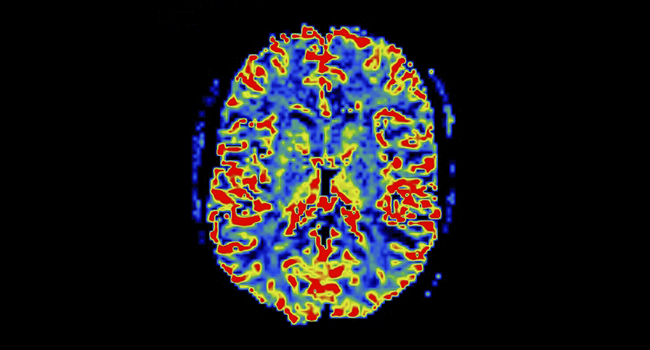
BOLD view of white matter
Vanderbilt investigators have discovered that functional MRI detects neural activity in both gray and white matter in the brain, suggesting new ways to investigate diseases such as Alzheimer’s and multiple sclerosis. Read MoreJan 12, 2018
-

Impulsivity in Parkinson’s Disease
A noninvasive MRI technique may help predict a troubling side effect of common medications for Parkinson’s Disease and improve clinical treatment plans. Read MoreOct 27, 2017
-

Heat a trigger for seizures
Elevated body temperature alone can increase vulnerability to fever-induced seizures, even in the absence of infection or inflammation. Read MoreSep 6, 2017
-
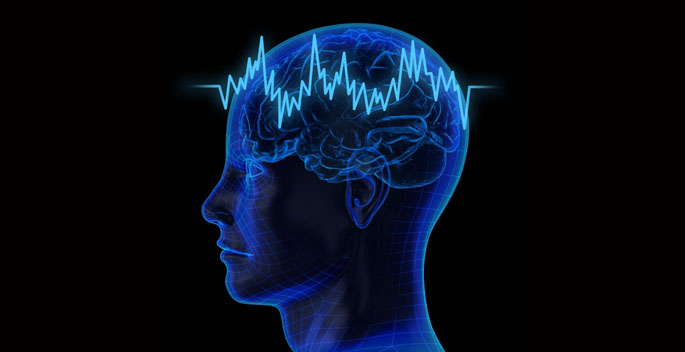
Predicting brain surgery outcomes
Assessing brain functional and structural connectivity in patients with temporal lobe epilepsy may be a useful way to identify the best candidates for surgical treatment. Read MoreAug 18, 2017
-
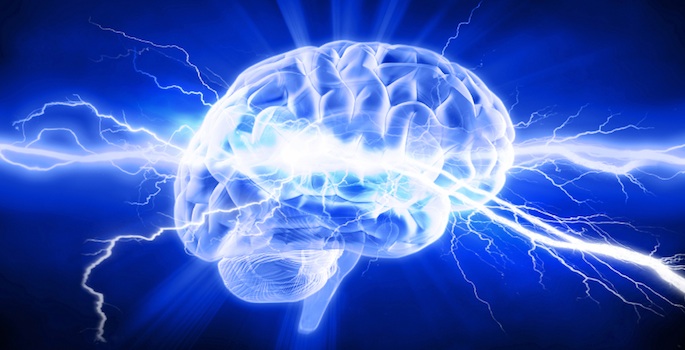
Protein structure and epilepsy severity
Understanding how mutations affect the structure and function of inhibitory neurotransmitter receptors will shed light on the mechanisms underlying some types of epilepsy. Read MoreNov 10, 2016
-

Culprits in genetic epilepsies
Genetic variation in GABA-A receptors confers risk for inherited forms of epilepsy. Read MoreOct 11, 2016
-

New pain medicine from a fungus?
Collybolide – a natural product isolated from a mushroom – is a promising candidate for the development of non-addictive pain medicines. Read MoreMay 13, 2016
-

Eye of a cytokine storm
A new animal model can be used to “dissect” the inflammatory response to infection. Read MoreMar 9, 2016
-

Nerve cell remodelers
Vanderbilt investigators have defined a gene expression program that controls the timing of synaptic remodeling – a process that is critical to brain development, learning and memory. Read MoreSep 18, 2015
-
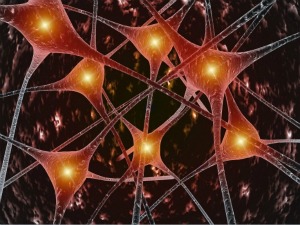
Origins of neuroblastoma
Vanderbilt researchers are exploring how neuroblastoma tumors begin and progress, knowledge that could provide new treatments for this pediatric cancer. Read MoreAug 12, 2015
-

A view of brain function in disease
Vanderbilt investigators report the first use of a specialized type of MRI to study the hippocampus in patients with schizophrenia. Read MoreJun 16, 2015
-
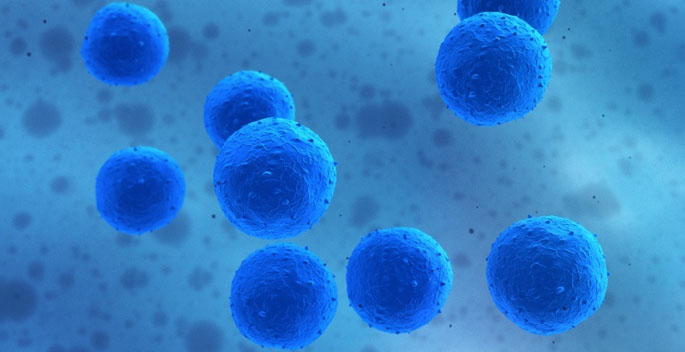
Insights on lysosomal storage diseases
A novel mechanism could point to new therapies for a group of inherited diseases that share pathological features. Read MoreMay 14, 2015
-

Copper toxicity and Parkinson’s
A genetic predisposition to Parkinson’s disease makes neurons more vulnerable to the toxicity of heavy metals such as copper. Read MoreFeb 5, 2015
-

New view of dopamine heteromers
Although heteromeric dopamine receptors composed of both D1 and D2 subunits have been proposed to play a role in depression and schizophrenia, recent studies suggest these heteromers do not exist. Read MoreJan 23, 2015
-

Cognitive changes in ‘standing’ syndrome
Patients with orthostatic intolerance – problems when standing – have cognitive changes, even when seated, compared to healthy individuals. Read MoreJan 13, 2015
-

Overactive stress response in obesity
An overactive stress response contributes to the development of insulin resistance in obese individuals, and blocking it may be therapeutically beneficial. Read MoreNov 7, 2014
-

Neuronal culprit in genetic disease
A particular neuronal cell population is involved in the pathogenesis of a rare neurological disorder, Vanderbilt researchers have discovered. Read MoreOct 14, 2014
-

Schizophrenia ‘switches’ discovered
Drugs developed at Vanderbilt could provide a new way to treat schizophrenia in a personalized way. Read MoreSep 12, 2014
-
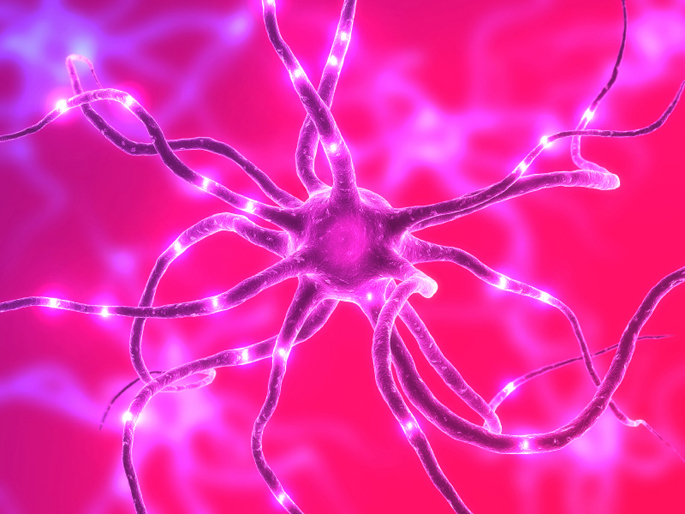
Myelin junctions key to conduction
A protein in the myelin coating on nerves helps form a “seal” that enables effective nerve conduction; loss of the protein causes inherited neuropathies. Read MoreApr 11, 2014
-

A pain in the … genes
Vanderbilt researchers have discovered that variation in the gene encoding the potassium channel GIRK1 plays a role in modulating human pain perception. Read MoreJan 10, 2014